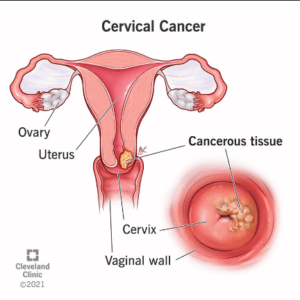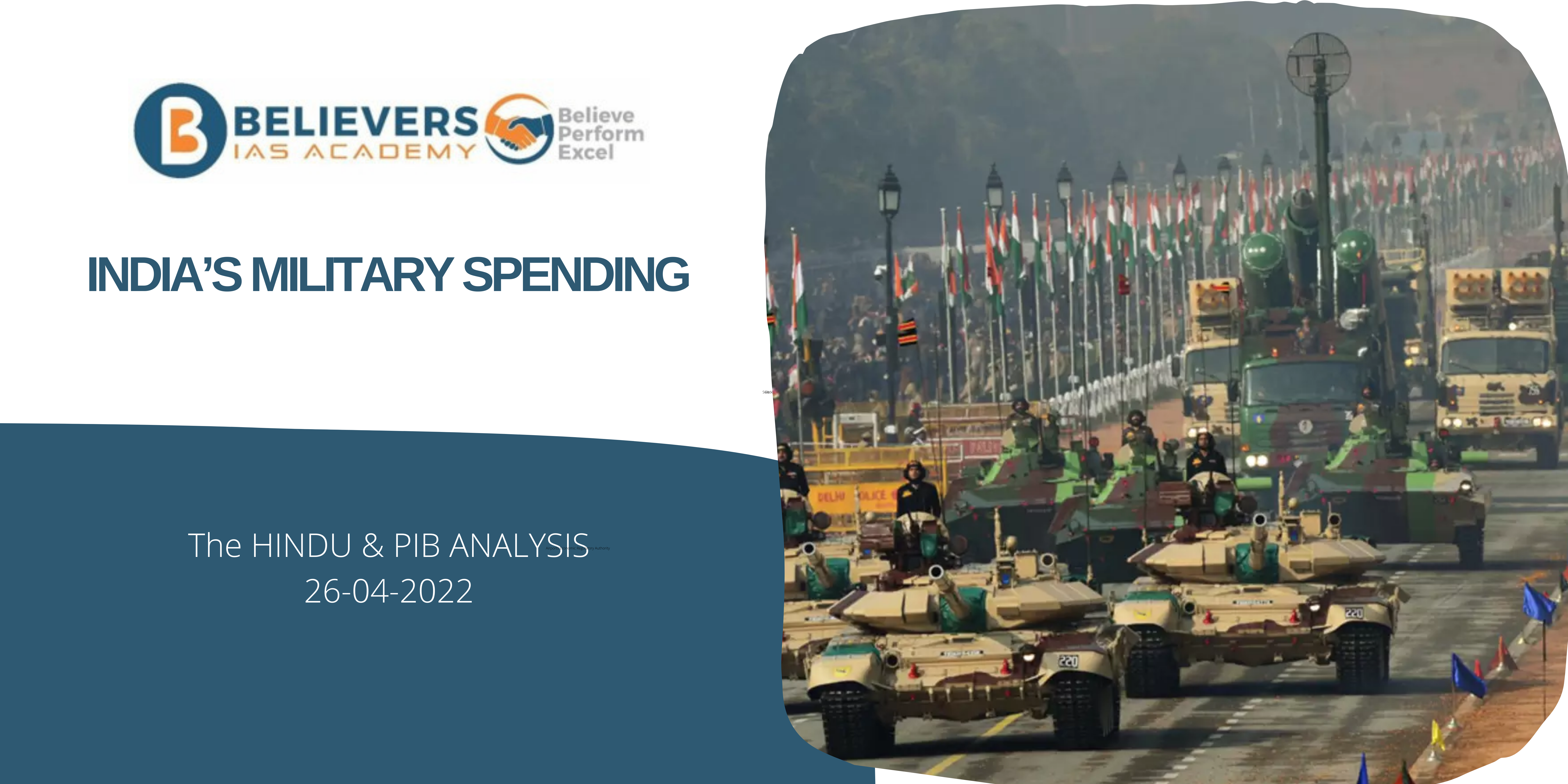A bold step towards a cervical cancer-free future
Context:
India’s interim Union Budget 2024-25 prioritizes women’s health by advocating for the vaccination of girls against cervical cancer.
- The global ’90-70-90′ targets set by the World Health Organization aim to combat cervical cancer through vaccination, screening, and treatment.
Relevance:
GS-02 ( Health)
Main highlights:
- Success stories from countries like Scotland, Australia, and Rwanda highlight the efficacy of HPV vaccination in reducing cervical cancer incidence.
- India’s indigenous quadrivalent vaccine, Cervavac, and Sikkim’s successful vaccination campaign serve as examples of progress in combating cervical cancer.
- Challenges such as vaccine hesitancy and equitable access need to be addressed to ensure the success of HPV vaccination programs in India.
Dimensions of the Article:
- Cervical Cancer Overview
- HPV Strain Varieties
- Global Efforts Against Cervical Cancer
- India’s Initiative in Women’s Health
- Cervavac Overview
- Success Stories and Lessons Learned
- Challenges and Opportunities
Cervical Cancer Overview:
- Cervical cancer arises in the cervix of women and ranks as the fourth most prevalent cancer type worldwide, standing as the second most common among Indian women.
 The overwhelming majority (99%) of cervical cancer cases are associated with infection by high-risk Human Papillomavirus (HPV), a common sexually transmitted virus.
The overwhelming majority (99%) of cervical cancer cases are associated with infection by high-risk Human Papillomavirus (HPV), a common sexually transmitted virus.- Effective primary prevention strategies such as HPV vaccination and secondary prevention methods like screening for and treating precancerous lesions have the potential to avert the majority of cervical cancer cases.
- Timely detection and appropriate management render cervical cancer highly treatable when diagnosed early.
- India bears a substantial burden of cervical cancer, accounting for approximately one-fifth of global cases, with around 125,000 new cases and 75,000 deaths annually.
HPV Strain Varieties:
- Persistent infections with specific high-risk HPV strains account for nearly 85% of all cervical cancers.
- Among the identified oncogenic HPV types, comprising at least 14 strains with cancer-causing potential, HPV 16 and 18 are deemed the most carcinogenic, responsible for approximately 70% of cervical cancer cases worldwide.
Global Efforts Against Cervical Cancer:
- The World Health Organization’s ’90-70-90′ targets represent a concerted effort to combat cervical cancer globally.
- These targets emphasize the importance of HPV vaccination, cervical cancer screening, and treatment to reduce the burden of the disease.
- Countries like Scotland, Australia, and Rwanda have witnessed significant declines in cervical cancer incidence through successful HPV vaccination campaigns, demonstrating the effectiveness of preventive measures.
India’s Initiative in Women’s Health:
- India’s interim Union Budget 2024-25 highlights the government’s commitment to women’s health by advocating for the vaccination of girls against cervical cancer.
- Despite being the second most common cancer among women in India, cervical cancer remains a preventable disease with the implementation of HPV vaccination programs.
- The development of Cervavac, an indigenous quadrivalent vaccine, reflects India’s efforts to ensure accessibility and affordability in combating cervical cancer.
Cervavac Overview:
- It is developed by the Serum Institute of India in collaboration with the Department of Biotechnology (DBT) in Pune.
- The project commenced under the leadership of Dr. M K Bhan, the former secretary of DBT, in 2011.
- Market authorization of the same is granted by the Drug Controller General of India on July 12 this year.
- Unique Features:
- Administered in two doses, with data indicating long-lasting antibody development for up to six or seven years.
- Unlikely Covid vaccines, this does not require booster shots.
- Expected to be significantly cheaper than existing HPV vaccines, with an estimated cost of Rs 200 to 400 per dose.
Challenges and Opportunities:
- However, challenges such as vaccine hesitancy and equitable access persist in the implementation of HPV vaccination programs.
- Addressing misinformation and strengthening healthcare infrastructure are crucial steps in overcoming these hurdles.
- India’s rollout of the U-WIN portal, akin to Co-WIN for COVID-19 vaccination, aims to streamline vaccination efforts and improve responsiveness.
- Collaborations between government agencies, healthcare providers, and civil society organizations are essential in building trust and ensuring the success of HPV vaccination programs.
Way Forward:
- India’s inclusion of HPV vaccination in the interim Union Budget 2024-25 marks a significant step towards advancing women’s health.
- By leveraging its experiences in vaccine distribution and community engagement, India can build a robust HPV vaccination program that addresses the unique challenges of cervical cancer prevention.
- Continued investment in public health infrastructure and education is key to overcoming barriers and achieving widespread vaccination coverage.





